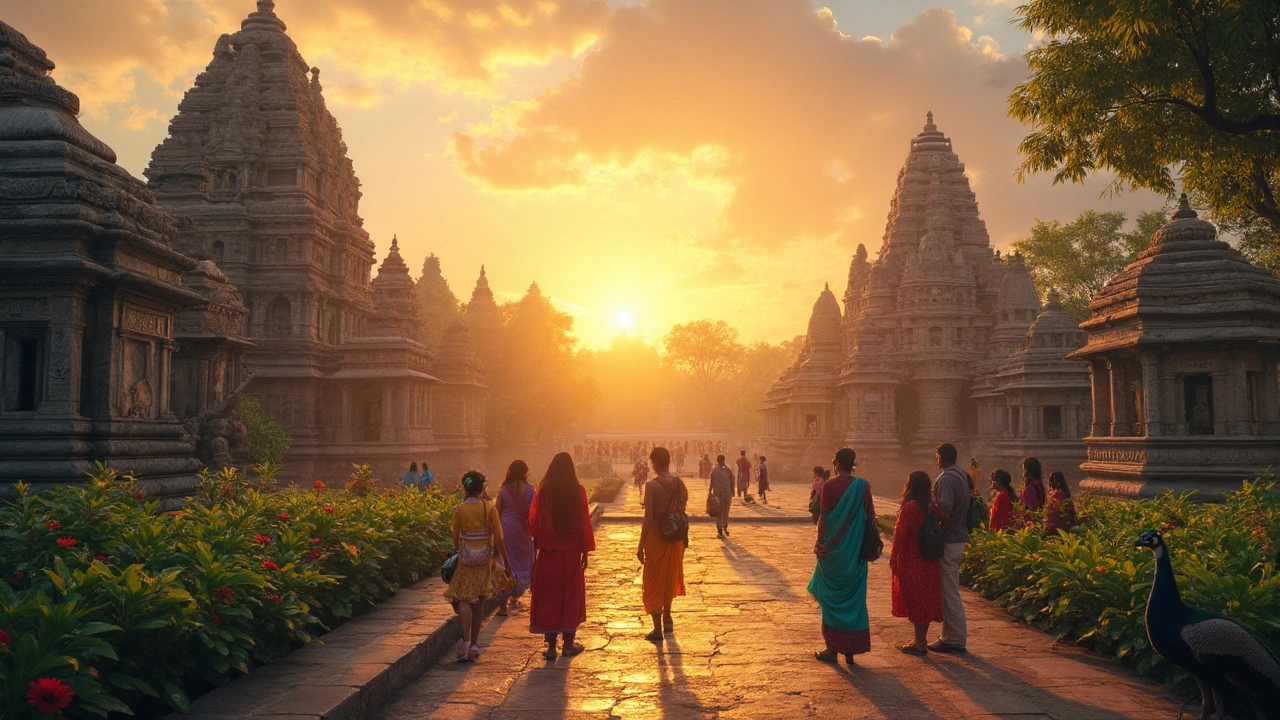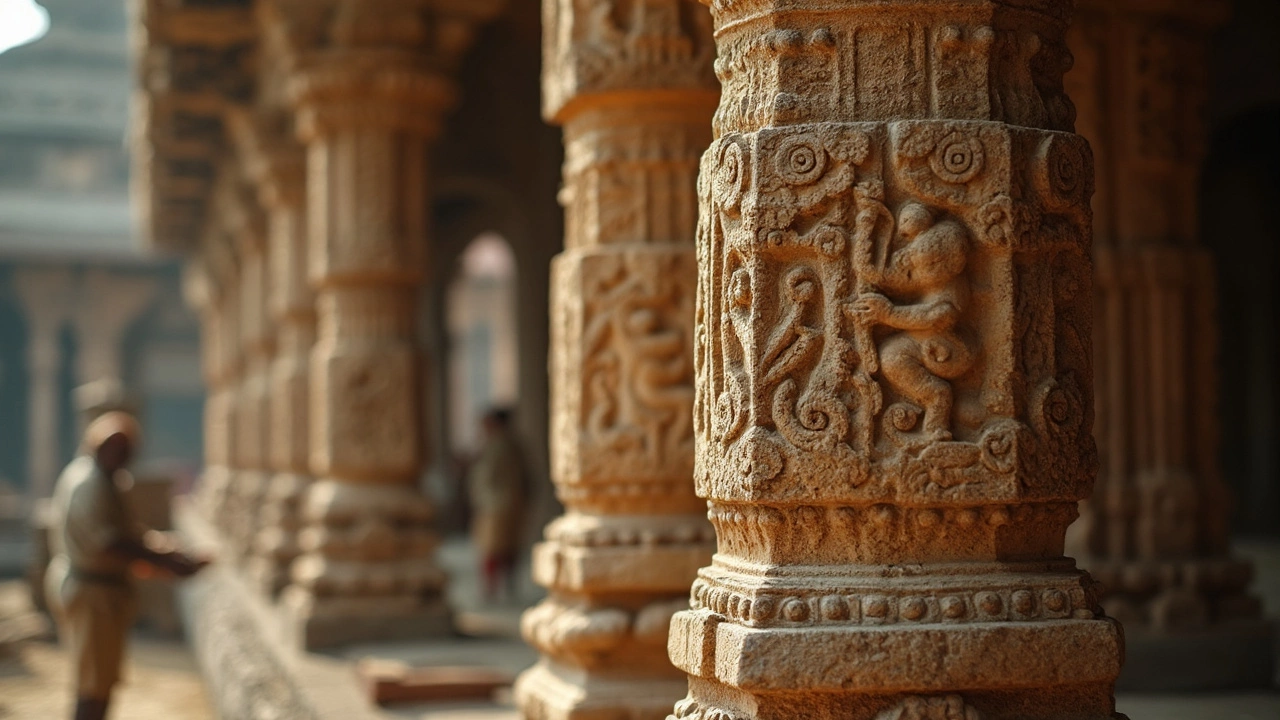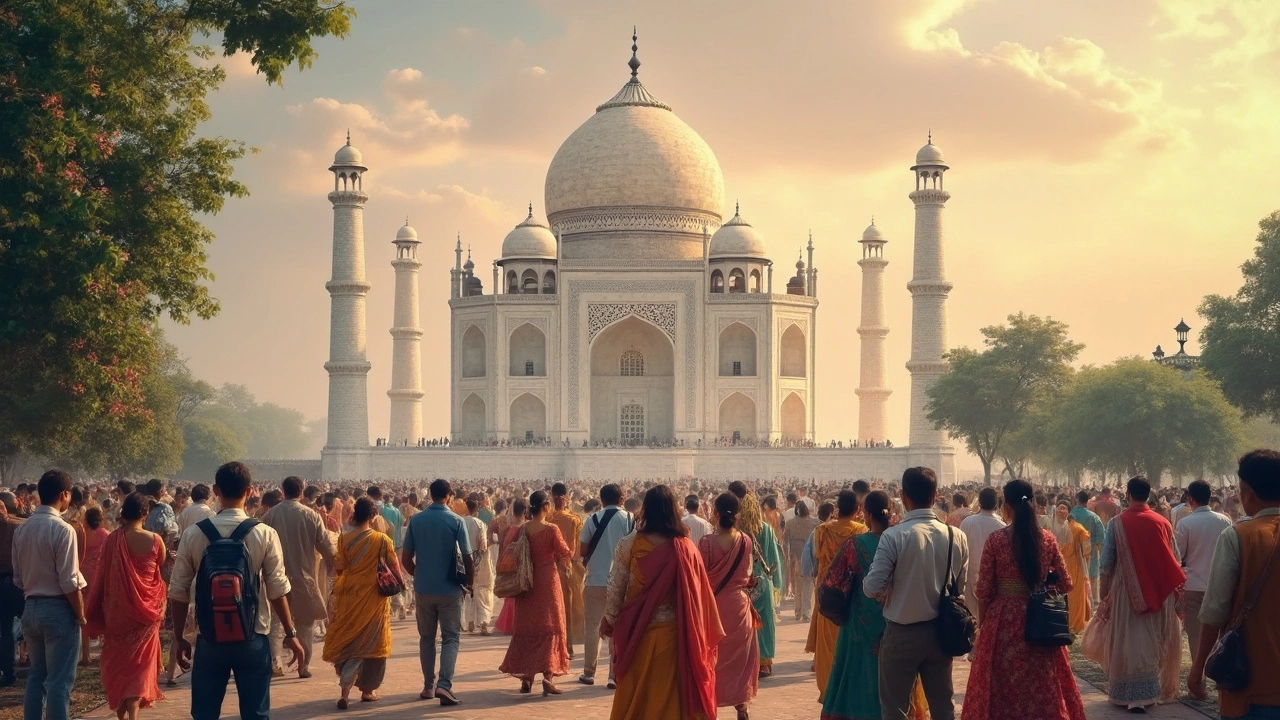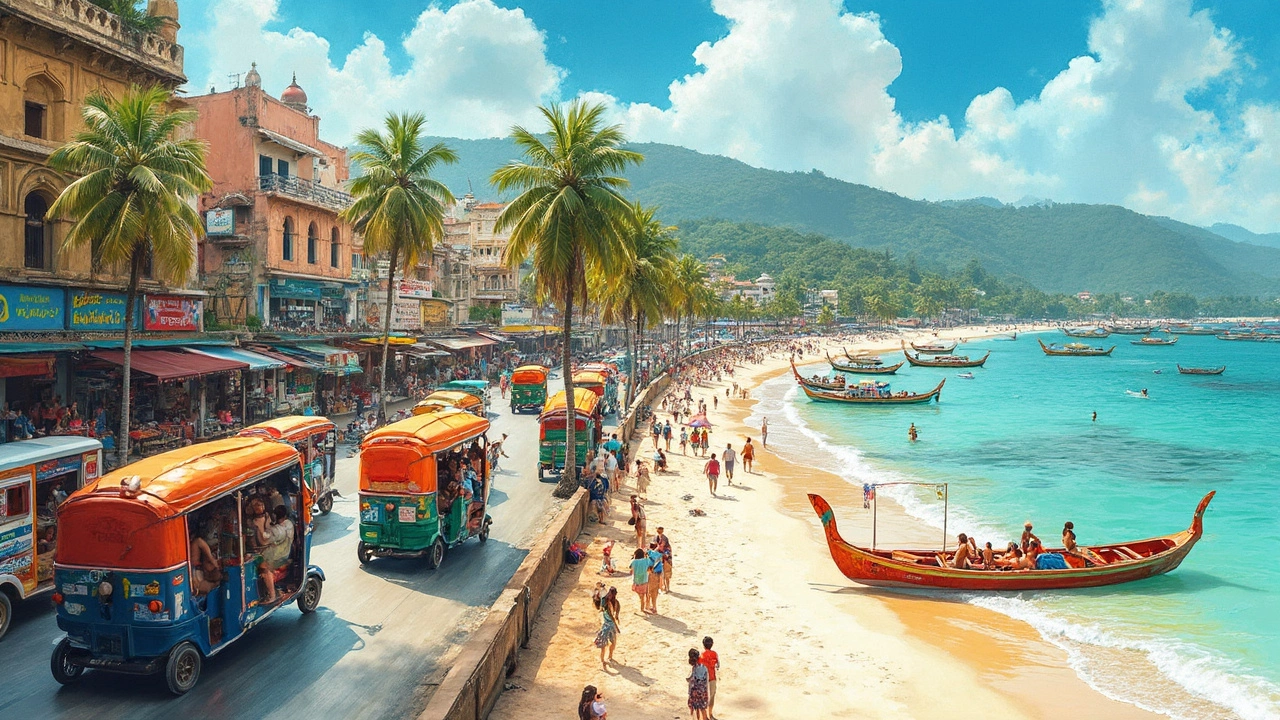UNESCO Heritage Sites in India: The Latest Addition Explained

So, what’s the freshest entry from India on the UNESCO World Heritage list? It’s the Sacred Ensembles of the Hoysala Temples in Karnataka. These temples grabbed the spotlight in September 2023, edging their way onto one of the world’s most elite travel and heritage lists. They’re not just old stones and stories—these places are jaw-dropping examples of architectural genius from a thousand years ago.
If you’re into history, art, or even just snapping photos for your socials, the Hoysala temples should be on your radar. People rave about the detailed carvings—it’s like the sculptors had unlimited patience and imagination. Even folks who aren’t 'temple people' admit these places have an energy you feel the minute you step in.
Here’s what’s cool: this new UNESCO badge isn’t just bragging rights for Karnataka. It means better care for the site, bigger crowds (so plan smart), and plenty of guides keen to walk you through tales of royal intrigue and ancient festivals. Go at sunrise or sunset for the best light and fewer selfie-sticks.
- What is the Latest UNESCO Heritage Site in India?
- The Story Behind the Hoysala Temples
- What Makes the Hoysala Temples Unique?
- Tips for Planning Your Visit
What is the Latest UNESCO Heritage Site in India?
The most recent Indian site to make it onto the UNESCO World Heritage list is the Sacred Ensembles of the Hoysala Temples in Karnataka. UNESCO officially added it in September 2023—big news for history lovers and anyone planning their next trip.
This group includes three famous temples: Chennakeshava at Belur, Hoysaleswara at Halebidu, and Keshava at Somanathapura. Built between the 12th and 13th centuries, these temples are top examples of Hoysala architecture, famous for their detailed stone carvings.
“The Sacred Ensembles of the Hoysala are a remarkable example of temple architecture and craftsmanship. Their inclusion on the World Heritage List means their legacy will be protected for future generations.” — UNESCO World Heritage Centre
This UNESCO recognition is not just a badge of honor. Visitor interest has exploded—local tourism boards saw a 40% bump in footfalls in late 2023. To give you a quick idea of what that means for the area, check out these numbers:
| Temple | Location | Year Built | Visitors (2024) |
|---|---|---|---|
| Chennakeshava | Belur | 1117 CE | 410,000 |
| Hoysaleswara | Halebidu | 1121 CE | 370,000 |
| Keshava | Somanathapura | 1268 CE | 325,000 |
But the hype isn’t just about numbers. These temples stand out for their engineering, stories carved in stone, and the cool fact that each temple has survived hundreds of monsoons and invasions. Now, with UNESCO’s nod, there’s more government funding flowing in for repairs, guided tours, and better facilities for visitors. If you haven’t planned a visit yet, these temples just jumped to the top of the must-see list.
The Story Behind the Hoysala Temples
Here’s the scoop on the Sacred Ensembles of the Hoysala Temples. These were built during the rule of the Hoysala dynasty, a big deal in southern India between the 11th and 14th centuries. You’ll find the star attractions at Belur, Halebidu, and Somanathapura in Karnataka—even people who aren’t history buffs get hooked by the stories behind these places.
The main temple at Belur, the Chennakeshava Temple, kicked off construction back in 1117 CE. That’s over 900 years ago! King Vishnuvardhana started it to celebrate victories against his rivals. Instead of just stone-walled rooms, the Hoysalas loved delicate, almost lacy carvings on soapstone, covering everything in sight.
What’s wild is that the temples weren’t just for praying. They ran schools, were hubs for local life, and showed off the wealth and power of the Hoysala kings. You’ll spot thousands of unique figures carved into the walls—think dancers, musicians, warriors, and even everyday folks. During excavations, experts counted more than 13,000 individual sculptures at Halebidu alone.
“The ornamentation at Hoysala temples goes beyond religious storytelling—it’s an encyclopedia of daily life from 12th-century Karnataka,” said Dr. A. Sundara, a leading Indian archaeologist.
The Hoysalas tried some seriously experimental stuff—like star-shaped platforms, multi-layered towers, and horizontal rows instead of typical temple pillars.
| Temple Site | Year Started | Main Dedicated To |
|---|---|---|
| Belur | 1117 | Vishnu (Chennakeshava) |
| Halebidu | 1121 | Shiva (Hoysaleswara) |
| Somanathapura | 1268 | Vishnu (Keshava) |
So why did UNESCO finally take notice? These sites are rare proof of a culture that thrived, mixed local traditions with outside influences, and left behind an epic collection of stone art for the world to see. The UNESCO status just seals the fact that these temples are big-time cultural rock stars, not just for India, but for the planet.

What Makes the Hoysala Temples Unique?
The first thing most folks notice about the Hoysala Temples is the insane level of detail. Every inch is covered in carvings—stories from Hindu epics, scenes of dancers, musicians, even regular people doing regular things from a thousand years ago. Stand close, and it's almost like you’re flipping through a stone comic book.
These temples mostly popped up in the 12th and 13th centuries when the Hoysala dynasty ruled parts of what’s now Karnataka. The star-shaped platforms and zigzag walls are classic Hoysala. And instead of the usual rough granite, the sculptors used chloritic schist (they call it soapstone), which is softer and lets you carve out the crazy fine details.
The craftsmanship here is off the charts. You won’t find the same design repeating much—even the ceiling panels often tell a different story from one temple chamber to the next. Three temples got carved into the UNESCO spotlight for 2023: Chennakeshava Temple in Belur, Hoysaleswara Temple in Halebidu, and Keshava Temple in Somanathapura.
| Temple Name | Location | Highlights |
|---|---|---|
| Chennakeshava | Belur | Massive gopuram, intricate column carvings |
| Hoysaleswara | Halebidu | 2,000+ sculpted figures, huge Nandi statue |
| Keshava Temple | Somanathapura | Trikauta (three sanctum) design, well-preserved artwork |
Another fun fact? These temples aren’t just about looks. They’re built using interlocking systems—no binding material! This has helped many of them weather the monsoons and heat for centuries. If you’re a first-timer, focus on the walls and ceilings, then wander outside to spot the row of dwarapalakas (temple guards) and mythical animals along the base. Bring shoes that slide on and off easy; you’ll be doing a lot of that.
Tips for Planning Your Visit
The Sacred Ensembles of the Hoysala Temples are spread across three key sites: Belur, Halebidu, and Somnathapura in Karnataka. Each spot has its own twist—Belur’s Chennakeshava Temple wows with its tall gopuram, Halebidu shows off intricate sculptures, and Somnathapura’s Keshava Temple is famous for its symmetry. Visiting all three isn’t hard, but you’ll need to plan for a little road time since there’s about 150 km between the farthest points.
The region is hottest between March and May, so October to February is honestly your best bet. Days are cooler, and you’ll dodge the heavy monsoon showers that sometimes turn parking lots into puddles. The temples usually open around 7:30–8:00 AM and close at dusk. Here’s a quick look at the basics:
| Temple Site | Nearest City | Opening Hours | Entry Fee |
|---|---|---|---|
| Belur | Hassan (40 km) | 7:30 AM to 7:30 PM | Free |
| Halebidu | Hassan (31 km) | 8:00 AM to 6:30 PM | Free |
| Somnathapura | Mysuru (35 km) | 9:00 AM to 5:30 PM | INR 25 (Indian)/INR 300 (Foreigner) |
If you’re all about catching the UNESCO details without crowds, hit up the sites early, especially on weekends. Most locals show up later, so you’ll have a better shot at those people-free photos in the morning. You can easily cover Belur and Halebidu in one day because they’re just 16 km apart. Somnathapura deserves a separate day if you’re coming from Mysuru or Bengaluru.
- Wear comfy shoes—there’s a lot of walking on stone floors, and you’ll be asked to remove footwear inside the main temple areas.
- Carry a bottle of water and a sunhat; shops are scarce right near the temples.
- Guides at each temple are worth hiring. They usually charge about INR 250–400 and turn what could be a quick stroll into a real learning experience (just check their official badge).
- Photography is allowed in most spots, but no flash inside the sanctum.
- Public transport isn’t great, so hire a cab or self-drive. If you’re feeling ambitious, stay overnight in Hassan for easy access to Belur and Halebidu.
If you’re really into history or design, bring a small notebook or sketchbook. Every pillar and panel tells a story—some travelers even spend hours getting lost in the details. And quick pro tip: the annual Chennakeshava Temple festival at Belur in April is wild—super packed but a great glimpse into local culture.


